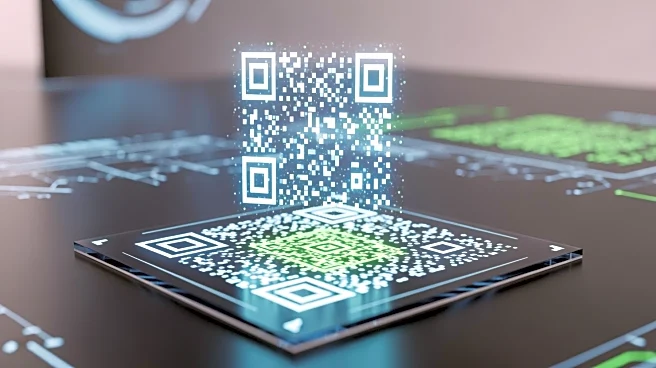What's Happening?
A new technology developed by IRCODE is poised to redefine performance marketing by allowing consumers to scan any image to engage directly with branded content. During a Brandweek 2025 session, IRCODE's
founder and CEO, Matty Beckerman, explained how the IR Lens White Label System works, enabling users to interact with content without the need for QR codes. This technology fingerprints each image and stores its metadata, offering brands a comprehensive view of user engagement. IRCODE has already demonstrated its capabilities through various campaigns, including scannable billboards in Times Square and a scavenger hunt contest for Disney fans. The technology is also being integrated into TV advertising, allowing brands to create interactive experiences for viewers.
Why It's Important?
The advent of scannable images technology represents a significant shift in how brands can connect with consumers. By eliminating the need for QR codes, this technology simplifies the process of engaging with content, potentially increasing consumer interaction and brand visibility. The ability to track user engagement through detailed measurement tools provides brands with valuable insights into consumer behavior, enabling more targeted marketing strategies. This technology also opens up new opportunities for monetization, particularly for independent creators and smaller brands looking to leverage interactive content. As the technology becomes more widespread, it could lead to a more immersive and personalized advertising experience.
What's Next?
IRCODE is focusing on expanding its technology to TV advertising, aiming to make every ad scannable and provide brands with detailed engagement data. This initiative could lead to new partnerships with major networks and advertisers, further integrating scannable images into mainstream media. Additionally, IRCODE is exploring opportunities in live sports and retail, where the technology could enhance fan engagement and provide detailed product information. As the technology evolves, there is potential for it to become native in-camera, rather than app-based, offering even greater accessibility and convenience for consumers. The continued development and adoption of this technology will likely drive innovation in performance marketing.











